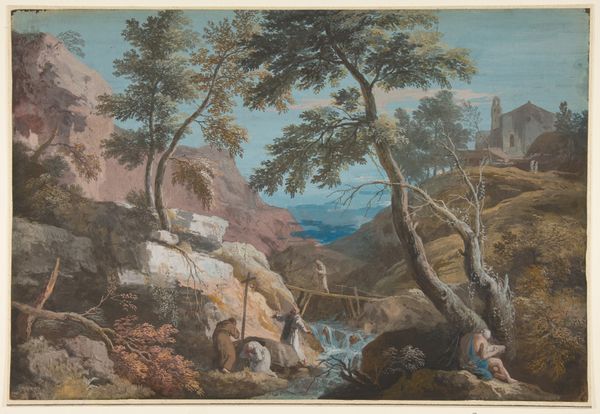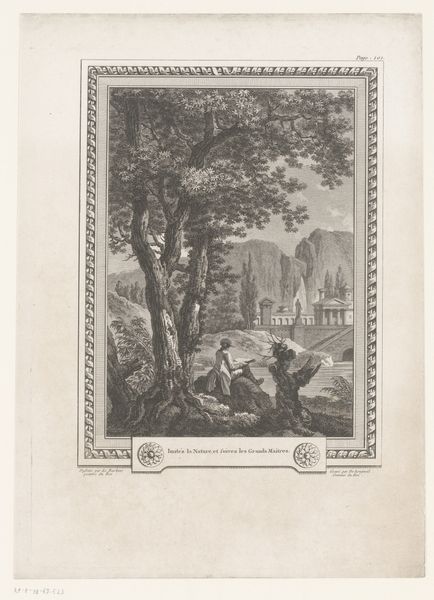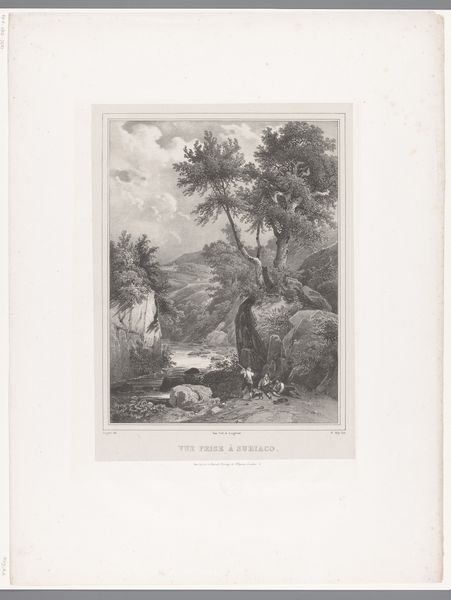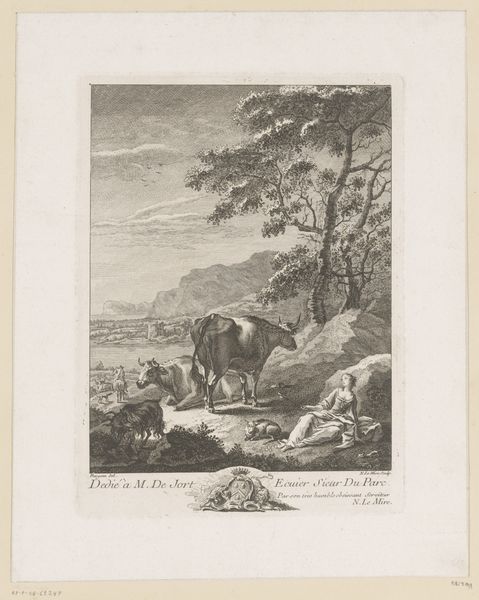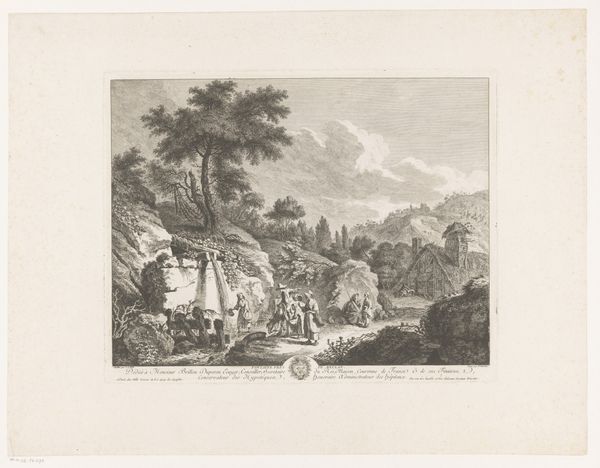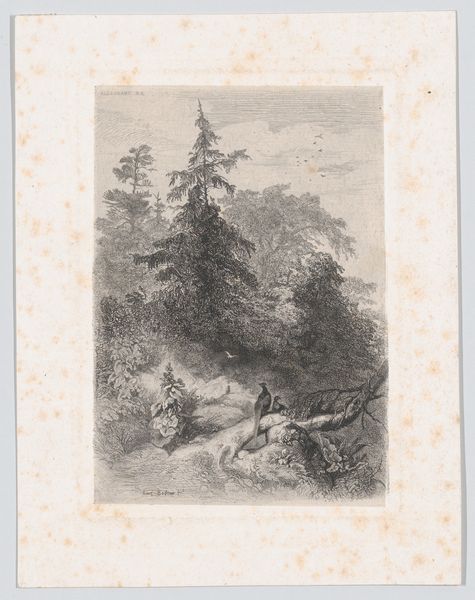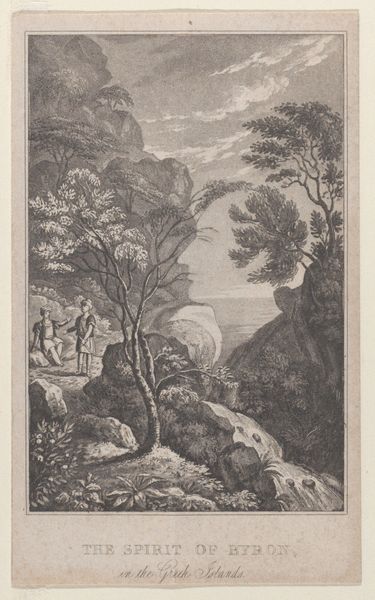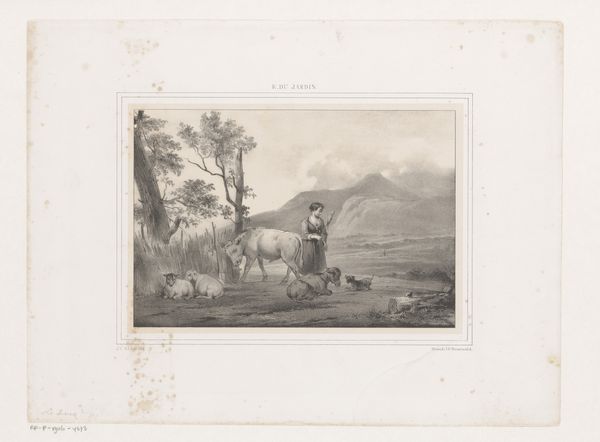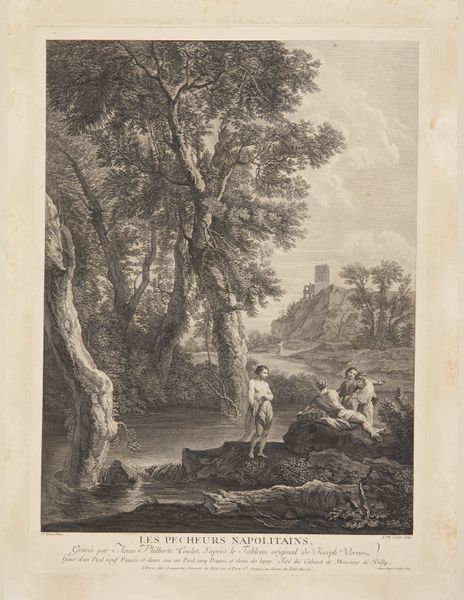
#
water colours
#
pastel soft colours
#
muted colour palette
#
white palette
#
natural colour palette
#
watercolour bleed
#
watercolour illustration
#
natural palette
#
soft colour palette
#
watercolor
Dimensions: height 370 mm, width 278 mm
Copyright: Rijks Museum: Open Domain
Curator: Here we have "Birds near a Mountain Stream," a watercolor work by Herman Henstenburgh, created sometime between 1683 and 1726. It presents a serene waterside scene. Editor: It feels incredibly gentle; a soft palette and almost hazy light create an impression of peace, as though observing this quiet habitat from a safe distance. Curator: Henstenburgh was known for his still lifes and naturalistic depictions, and this watercolour really demonstrates his skill in capturing detail. Consider the composition – it draws you into the life of this community, with the ducks paddling and various species of birds elegantly positioned near the banks. Editor: Exactly! I’m struck by how this depiction, seemingly objective, echoes contemporary issues around wildlife protection and wetland conservation. It highlights a rich ecosystem, quietly vulnerable to human intervention and ecological threat. Curator: It’s important to recognize how an idyllic image like this was also a display of power in its time. Watercolours such as this were a commodity for wealthy merchants and a rising bourgeoisie, reflecting their refined taste, education, and a command over nature represented on a sheet. Editor: True. The detail certainly speaks to privilege, and one should contextualise the aesthetic beauty alongside that kind of acquisition of the exotic "other" in burgeoning imperial power dynamics. Where were these birds *actually* from? Curator: Though that aspect of it bears sombre contemplation, the work's beauty makes that consideration so critical. It acts as a prompt to reflect critically on the era that produced it. Editor: Indeed. Engaging with the nuances is why bringing art history and contemporary consciousness into conversation is so crucial for expanding perspectives and, hopefully, informing how we engage with such important environments. Curator: An approach which enriches and deepens my understanding of what is represented by this painting. Editor: And conversely, an enriched understanding allows the painting's symbolic presence to still be active, centuries later.
Comments
rijksmuseum about 2 years ago
⋮
In this imaginary landscape, Hoorn native Herman Henstenburgh combined various bird species, such as the roseate spoonbill from North America and the stork found in Europe and North Africa. In the 17th century the port of Hoorn was an important base for the Dutch East (VOC) and West India (WIC) Trading Companies. The artist will thus have had plenty of opportunities to study the exotic species that Dutch merchants brought back to the harbour from distant lands.
Join the conversation
Join millions of artists and users on Artera today and experience the ultimate creative platform.

